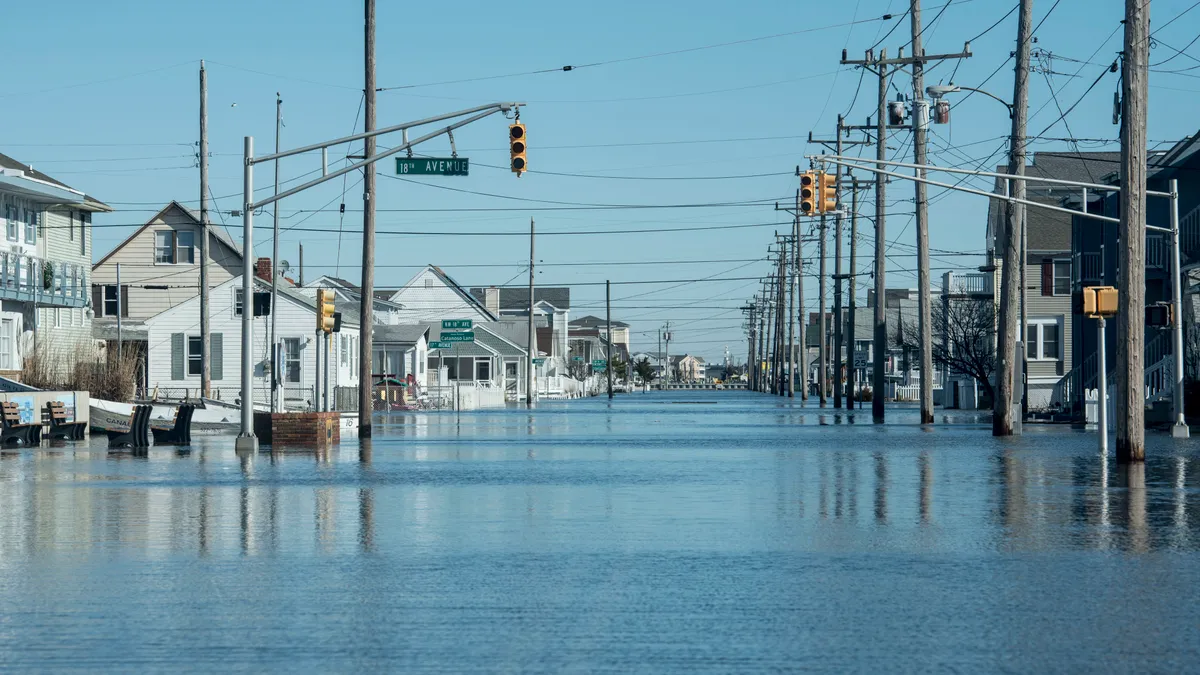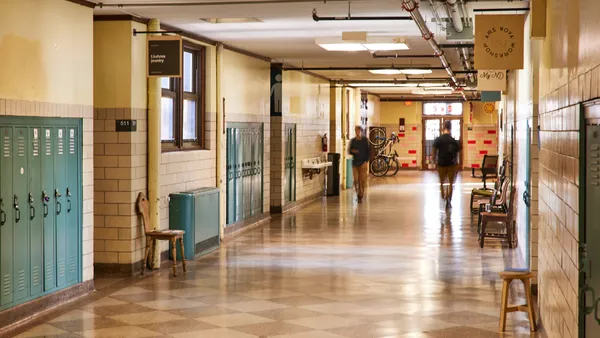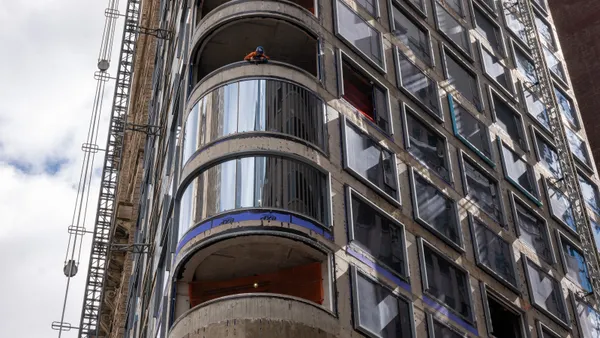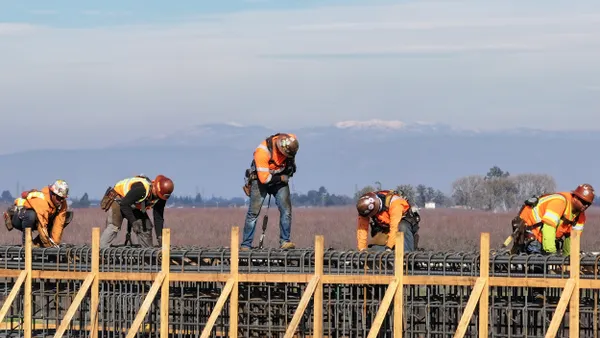Dive Brief:
-
The U.S. government plans to make changes to a $1 billion hazard mitigation grant program meant to incentivize and enhance communities' resilience planning.
-
A notice from the Federal Emergency Management Agency (FEMA) last week regarding the 2021 edition of the Building Resilient Infrastructure and Communities (BRIC) program outlined a series of changes for its second year, some of which are aimed at improving the equitable distribution of funds. The changes follow the rollout of data about successful 2020 applications; they largely came from the East and West Coasts, with applications from Midwest, Mountain West and Gulf Coast states not performing as well in the competitive process.
- The changes include an adjustment to the scoring system so that disadvantaged rural communities will receive slightly more points than before. Additionally, applications for communities that fall into that category will face a lower cost-sharing requirement than counterparts.
Dive Insight:
Fires, floods, and other climate change-driven threats to communities’ infrastructure are increasingly apparent, and federal dollars supporting mitigation and preparedness efforts are also growing. The BRIC program, building on its predecessor, the Pre-Disaster Mitigation (PDM) program, is nearly doubling its available funds in 2021, and the maximum allocation per applicant is increasing significantly too. The administration also recently announced nearly $3.5 billion for the Hazard Mitigation Grant Program for states, tribes and territories that had a major disaster declaration during COVID-19.
The list of successful 2020 BRIC applicants — which FEMA selected based on a complex scoring system that takes into account factors such as whether a state is enforcing newer and more stringent building codes — was met with scrutiny. Over half of last year's funds support projects in just three states: California, New Jersey and Washington. The District of Columbia was also one of the most successful applicants.
Whereas FEMA focused heavily on nature-based solutions in its 2020 program rollout, FEMA's communication regarding the 2021 program puts a new emphasis on equity, according to consultants who prepare applications for the program. FEMA staff hosted two webinars this week, one reviewing 2020 data trends from the program and another addressing where equity fits into the program design. At the same time, applicants and their partners have already begun work for 2021's cycle.
Amelia Muccio, director of mitigation at Hagerty Consulting, has some doubts about the extent to which some of the equity-inspired changes can have an impact. "Outreach to disadvantaged communities is very, very difficult," said Muccio, who has a background in public health work. "What works in more resourced areas, it's not the same approach we could take when we were going out to rural communities ... So while I think we're trying to focus on equity and these communities, nothing's really changed in getting that message down to them."
It remains to be seen how interest in the program will evolve in 2021, Muccio said. While the funding opportunity is more expansive, and awareness may be rising, applicants from areas that were largely shut out from funding in 2020 may feel discouraged and confused, she said, and they may lack the time and resources to go through the process again. "If you're a small impoverished community, or what's now known as an economically disadvantaged rural community, you may not have that money [to take a risk], and I think that's probably still one of the barriers to entry," Muccio said.
Ultimately, BRIC's size means it is garnering more attention than similar, past programs, and that's good for improving it, said Brandy Bones, vice president of disaster management at consulting firm ICF. "I think there's some value to the criticism because that makes it get better, because it has that visibility."
BRIC, along with FEMA's Flood Mitigation Assistance program (FMA), will also be a part of the Biden administration’s Justice40 initiative, meant to ensure that 40% of overall benefits of federal investment in climate and clean energy go to disadvantaged communities. According to a FEMA presentation Wednesday, BRIC and FMA will this year work to establish a methodology on how to measure those benefits.











